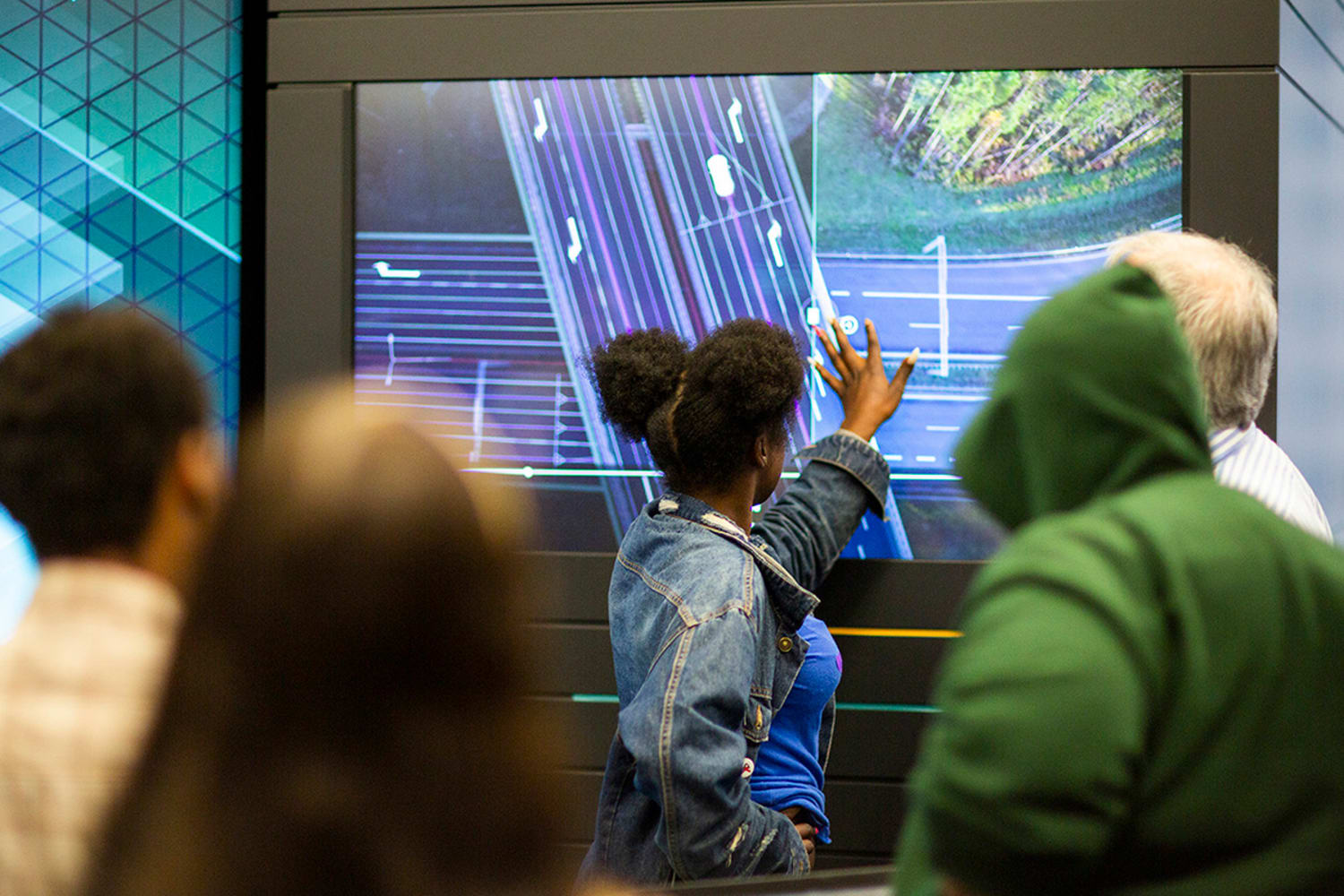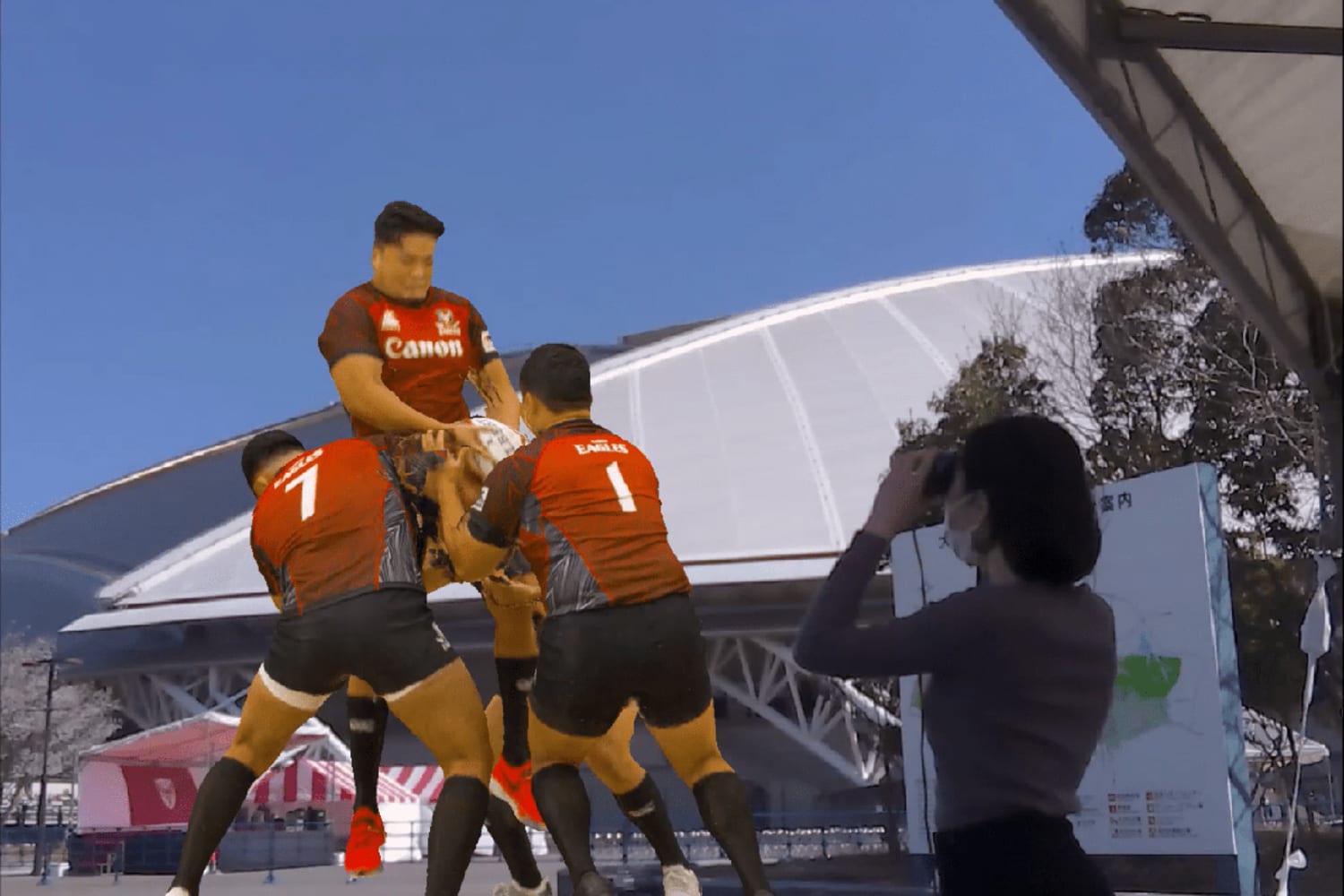The Consumer Electronics Show in Las Vegas was back in person this year, hosting more than 3,200 exhibitors and over 115,000 attendees – double that of last year’s conference. Presenters, brands, and attendees alike breathed a sense of relief to gather among colleagues once again, despite an overall sense of repetition from many of the booths and product reveals.
Intuition and intention were sewn into many of the show’s tech activations across industries. AI product advancements were prominent throughout the show, including an AI-powered oven from Samsung and a self-driving stroller from Canadian startup Glüxkind. At a panel discussion on Web3, XR, Metaverse and Entertainment moderated by AMD Director of Developer Relations John Canning, American film director Brett Leonard emphasized the importance of the “intention to create things that are healing for people, and have a positive affect” as technology continues to become more personal and more engrained in consumers’ daily lives. “We have to get the AI creation to reflect the better of our nature.”
Consumer Technology Association (CTA) President and CEO Gary Shapiro spoke about the “technology that is delivering access, accountability [and] enhancing our human capacity to create” at the CTA State of the Industry and John Deere Keynote at this year’s Consumer Electronics Show. Product displays on the show floor bubbled with intuition and an evolved human-touch across a range of industries.






